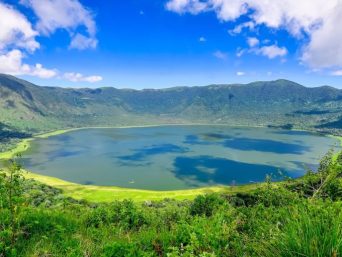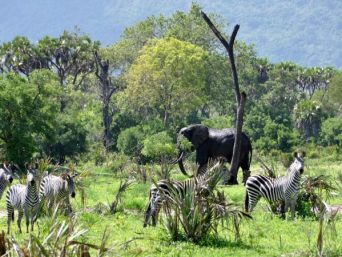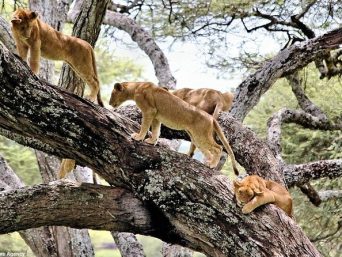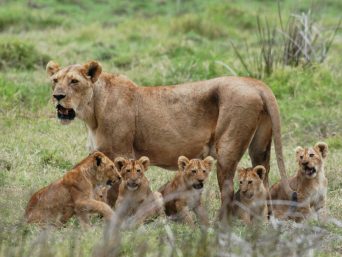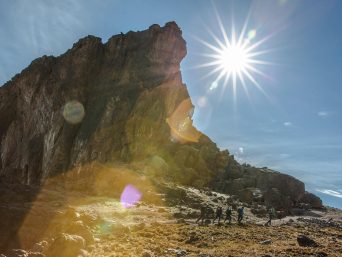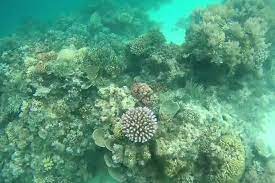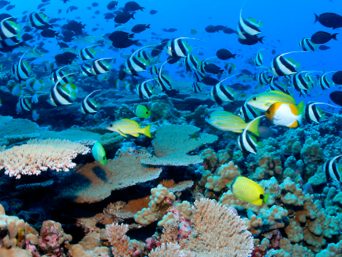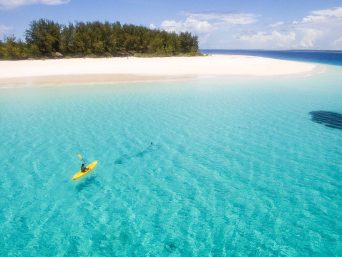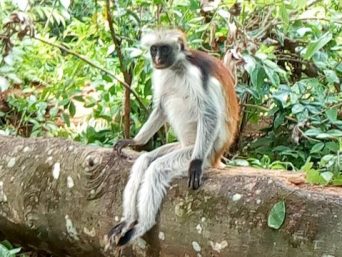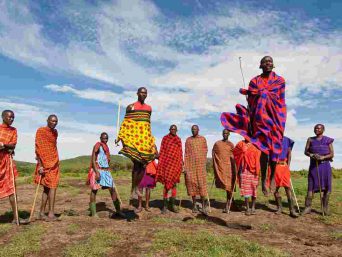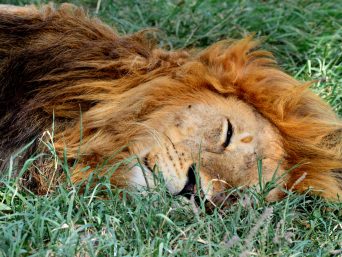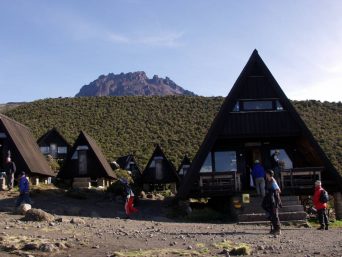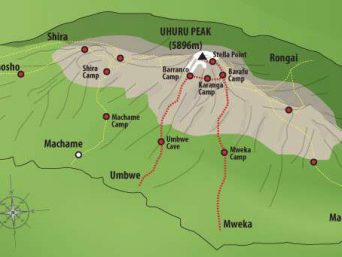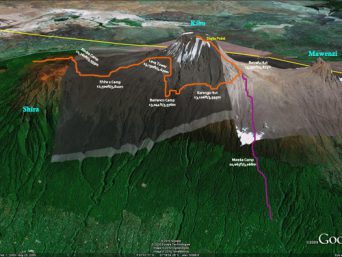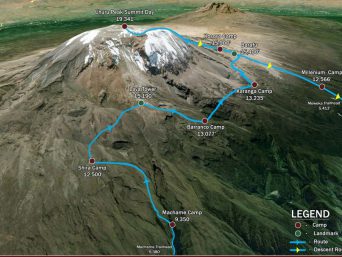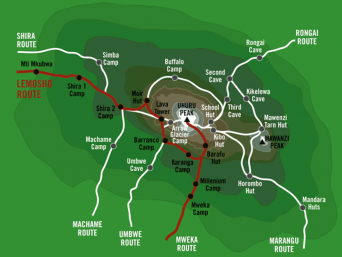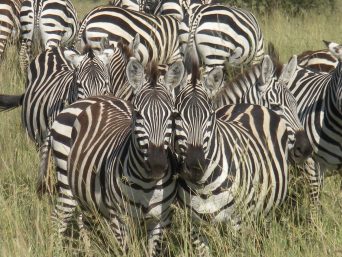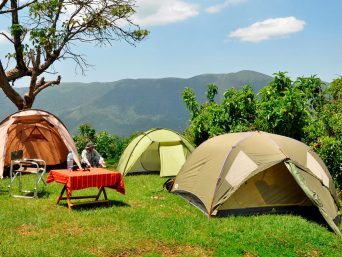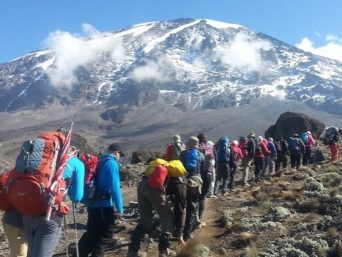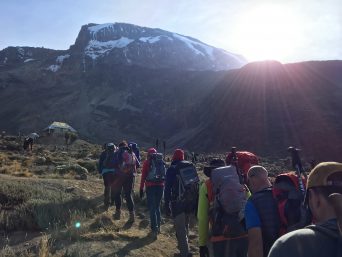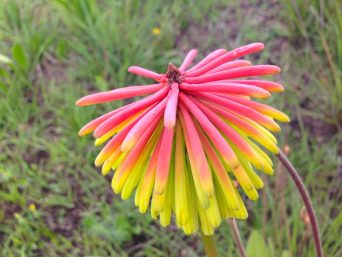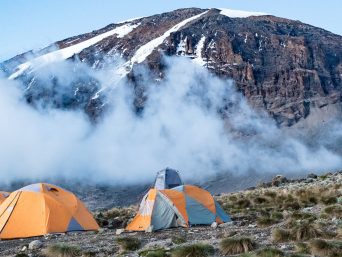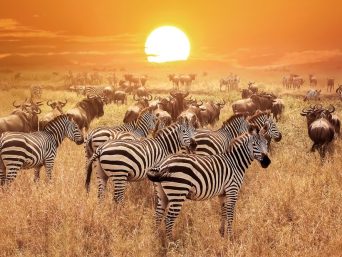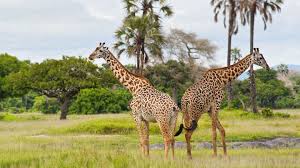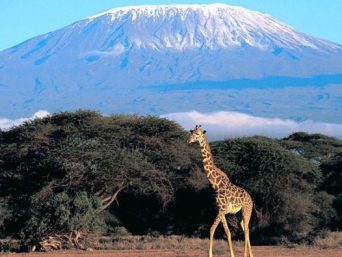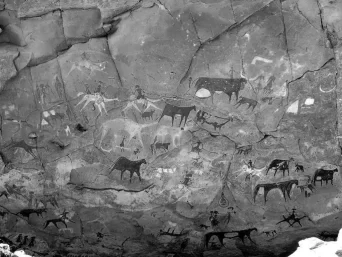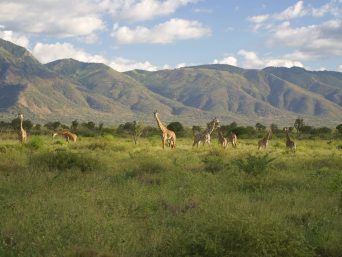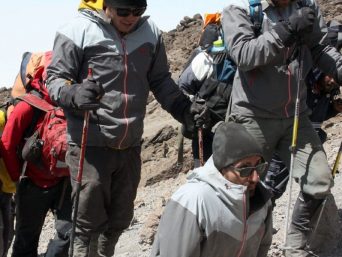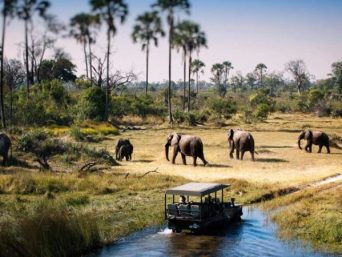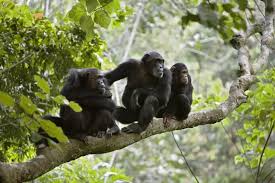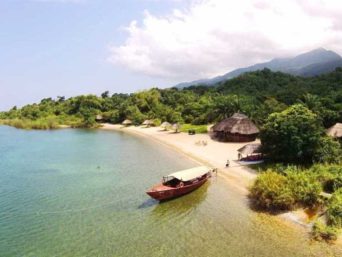Located in the northern part of Tanzania, Arusha National Park is one of the country’s smallest yet most diverse national parks, covering approximately 137 square kilometers (53 square miles). The park offers an exceptional range of landscapes, from lush forests to alpine meadows, and is home to a variety of wildlife, making it a must-visit destination for nature lovers and safari enthusiasts. Its proximity to Arusha City (just 25 kilometers away) and its unique combination of ecosystems make it an excellent choice for a day trip or a longer visit.
Geographical Location
Arusha National Park lies at the base of Mount Meru, the second-highest mountain in Tanzania (standing at 4,566 meters or 14,980 feet). The park is part of the larger Eastern Rift Valley and is surrounded by a variety of terrain types, including montane forests, wooded savannah, alpine meadows, and swamps. It is situated near Arusha, a key hub for tourists visiting other famous Tanzanian attractions, such as Serengeti National Park, Ngorongoro Crater, and Mount Kilimanjaro.
Flora and Fauna
Arusha National Park is notable for its variety of ecosystems and the diversity of wildlife that inhabits them. The park’s landscapes range from tropical forests to open savannah, creating ideal habitats for a wide array of animal and plant species.
Wildlife
- Giraffes: One of the park’s signature species is the masai giraffe, which roams the grassy plains and woodlands. These giraffes can often be spotted grazing or walking gracefully across the park.
- Elephants: The park has a small population of elephants, although sightings can be more limited due to the forested and hilly terrain.
- Lions and Leopards: While the park does not have large populations of lions and leopards like other larger Tanzanian parks, it is still home to both species, particularly in the more remote areas. However, sightings of these big cats are not as frequent.
- Antelopes and Zebras: The park is home to a range of antelope species, including the waterbuck, duiker, impala, and the rare black-and-white colobus monkey. Zebras can also be found grazing in the open grasslands and near waterholes.
- Wildebeest and Buffalo: The park contains smaller herds of wildebeest and buffaloes, particularly around the grasslands.
- Birdlife: The park is a haven for birdwatchers, boasting over 400 bird species. This includes a wide variety of forest species, waterfowl, and raptors, such as the African fish eagle and white-cheeked turaco.
- Primates: Arusha is home to several species of primates, including the black-and-white colobus monkey, which is often seen in the forested areas of the park, and the blue monkey.
Flora
The park’s flora varies across its different ecosystems:
- Forest: The montane forests in the lower reaches of Mount Meru are thick and lush, home to a variety of tree species, including giant fig trees, mahogany, and albizia. These forests are also important habitats for various insects, birds, and primates.
- Alpine Meadows: Higher up, the alpine meadows are dominated by hardy grasses, shrubs, and unique flowers that can withstand the cooler temperatures and occasional frost.
- Savannah and Grasslands: In the park’s open plains, grasses and shrubs thrive, offering ideal grazing areas for herbivores such as giraffes and zebras.
Ecological Zones
Arusha National Park consists of several distinct ecological zones:
- Lower Montane Forest: Found at the foot of Mount Meru, this zone is rich in plant and animal life. The dense forests are home to many species of birds, monkeys, and other wildlife.
- Alpine Meadows and Scrubland: Higher up on Mount Meru, the terrain becomes more barren, with alpine meadows and scrubland hosting hardier vegetation.
- Savannah Grasslands: These wide, open plains are primarily home to grazing animals like zebras, antelopes, and wildebeest.
- Wetlands: The park also contains Momella Lakes, a series of shallow lakes, which attract a variety of bird species and are important water sources for wildlife.
Climate
Arusha National Park enjoys a mild, temperate climate due to its elevation on the slopes of Mount Meru. The park experiences two main seasons:
- The rainy season lasts from March to May, during which the park receives heavy rainfall, making the forest and vegetation lush and green. This is a great time for birdwatching, though some areas might be inaccessible due to rain.
- The dry season runs from June to October and is the best time for game viewing, as animals congregate around waterholes and the landscape is more open.
Activities and Attractions
Arusha National Park offers a range of activities to suit different interests, from game viewing to hiking and cultural experiences:
- Game Drives: Visitors can enjoy guided game drives through the park’s diverse habitats, with the chance to spot wildlife such as giraffes, zebras, and various antelope species.
- Walking Safaris: Arusha is one of the few national parks in Tanzania where walking safaris are allowed, offering a more intimate experience with nature. Guided walks provide the opportunity to learn about the park’s flora and fauna from an experienced ranger.
- Hiking and Trekking: One of the park’s biggest attractions is hiking up Mount Meru. The trek to the summit takes several days and offers stunning views of the surrounding area, including the Ngorongoro Crater and Mount Kilimanjaro. Mount Meru is considered a challenging climb, with a variety of wildlife to encounter along the route.
- Momella Lakes: The park is home to a series of lakes called the Momella Lakes, which are often used for birdwatching. These lakes are home to flamingos, pelicans, and a variety of other waterfowl.
- Cultural Visits: Arusha National Park is located near the town of Arusha, which is home to various cultural experiences. Visitors can engage with the local Maasai community, learn about their traditions, and explore the town’s markets and cultural centers.
Conservation and Challenges
Arusha National Park, while relatively small, faces several conservation challenges, including the protection of wildlife habitats from encroachment, illegal hunting, and the impacts of tourism. The Tanzanian government, together with local organizations, works to protect the park’s biodiversity and manage human-wildlife conflict. Additionally, the park is vulnerable to the impacts of climate change, especially in terms of changing rainfall patterns and the effects on both flora and fauna.
Conclusion
Arusha National Park is a true gem, offering a unique combination of landscapes, from the lush forests of Mount Meru to the open plains where giraffes and zebras roam. Its biodiversity, accessibility, and range of activities make it an excellent choice for visitors looking to explore Tanzania’s natural beauty beyond the more famous parks. Whether you’re hiking up Mount Meru, enjoying a walking safari, or simply relaxing by the Momella Lakes, Arusha National Park promises a memorable and enriching experience.

